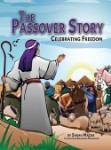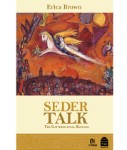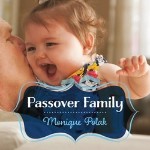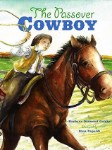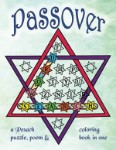Masorah and Text Criticism in the Early Modern Mediterranean by Jordan S. Penkower

 Moshe Ibn Zabara and Menahem de Lonzano
Moshe Ibn Zabara and Menahem de Lonzano
This book discusses Zabara and Lonzano who both worked on a particular Bible manuscript, MS Zurich, Jeselsohn 5, which is the first half of a complete Masoretic Bible (the other half being MS Sassoon 1209). Zabara was the 15th century scribe and masoreter of this Bible and Lonzano the scholar who a century later reviewed the text and masorah and glossed them in detail (especially in the Pentateuch).
The first chapter deals with Zabara’s work in the manuscript. The bulk of the book deals with Lonzano: his biography, the books he wrote and those he glossed (both manuscripts and printed books, running the gamut of Judaica), a sample of his glosses from several different books, and finally a detailed look at his glosses in MS Jeselsohn 5.
Lonzano, a scholar in many areas of Jewish studies, did not live a comfortable life. Yet he was a bibliophile. Whenever he had a little money he added to his collection of books and manuscripts. Penkower has managed over the past decades, with much patience, to track down several of the books in Lonzano’s library, which he could not resist glossing.
The book, published in an elegant small folio format (similar to the two Hebrew volumes of Maccabees published by Yad Ben Zvi), is illustrated with approximately150 color photos, several of them demonstrating Lonzano’s glosses, and includes an appendix with 32 photos of folios from the manuscript where the masorah magna is written is micrographic form. In addition, there are two other appendices by specialists in art history, codicology and palaeography.
The book includes a comparison of Lonzano’s work in text criticism to the work of contemporary Jewish scholars, and a comparison to the work of contemporary Christain scholars.
This work should appeal to a broad audience – one that has interests in the areas of Renaissance studies, textual criticism, early modern Jewish history, Bible studies, Masorah, Kabbalah, and the history of the book.

